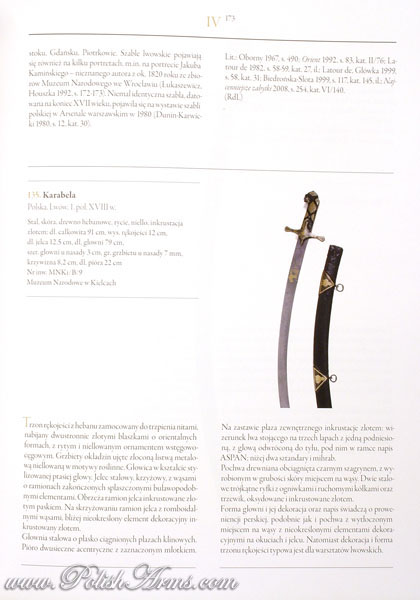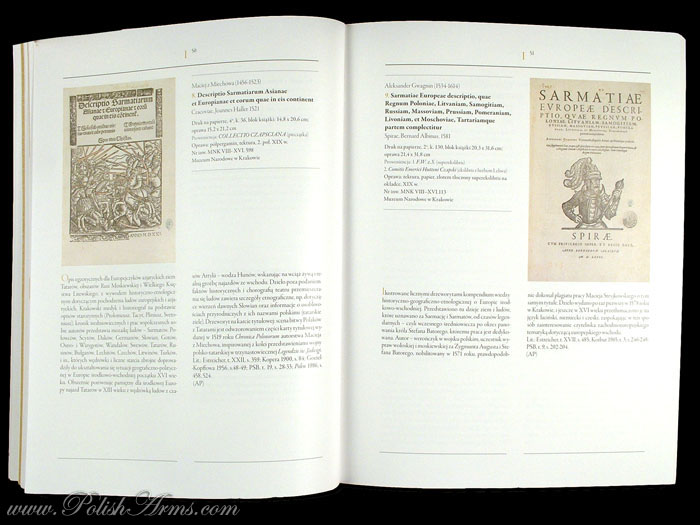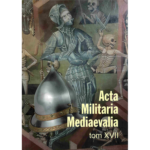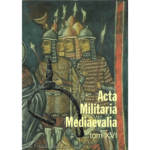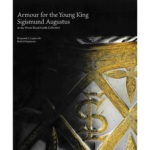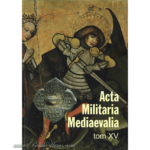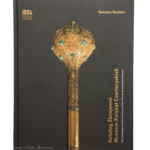
Sarmatism. A Dream of Power
“Sarmatism. A Dream of Power”
ed. Beata Biedrońska-Słota
Kraków 2010
Have you ever wondered what Sarmatism exactly is? Why Polish noblemen were wearing Persian looking clothes? Why Oriental sabre karabela became national Polish sabre?
This book will help you understand the Polish culture in the past centuries.
Fabulous catalogue from the exhibition in the National Museum in Kraków, with FULL ENGLISH TRANSLATION of essays and catalouge descriprions!
The catalogue has been sold out and became rarity!
Description
From the forward:
Sarmatism appears to be a concept of crucial importance for difining national identity. In the words of the author of the exhibition Dr Beata Biedronska-Słota, it “was not just a current in art, but also a way of life, an attitude”, an ideology. Let us add here: an attitude leading to very ambivalent – bot positive and negative – consequences which have contributed to our national counterfeit.
Since Sarmatism was an ideology and a way of life, it could concern any domain: philosophy, politics, art and culture; there were even Sarmatian maidens. Sarmatism outwards signs were distinctive clothes, hairstyles and bushy moustaches. References to Sarmatism were also made to describe geographical objects and atmospheric phenomena. There were Sarmatian frosts and rivers, a Sarmatian forest and the Baltic Oceanus Sarmaticus; in 1492 the German humanist Konrad Celtis (1459-1508) published an account of his travels in Poland under the title De navigatione sua Sarmatica. All those factors made up the “Polish spirit”, whose most important feature was the “love of freedom”, since it was argued that “the robe of freedom so becomes us Poles as thought it were tailored to our nature and genius” (…) Apart of freedom, the concept of Sarmatian character was associated predominantly with noble descent, nation, blood and spirit.
CONTENTS:
– Beata Biedrońska-Słota, Sarmatian Dreams of Power
CATALOGUE
I. Belief in the Sarmatian origin of the Poles
II. Vir bonus, vera nobilitas, bene natus et possessionatus. Characterization of the Sarmatian knight
III. “A nobleman on his homestead is equal to a voivode”. Transformation of the Sarmatian knight into a landed proprietor
IV. Sarmatian taste, art and fashion
V. Critique of Sarmatism under Stanislaw August Poniatowski
VI. Apotheosis of Sarmatism in the period of partitions of Poland
Additional information
| Weight | 1.7 kg |
|---|---|
| Pages | |
| Language | |
| Cover | |
| Paper | |
| Pictures | |
| Dimensions | |
| Weight incl. pack. |







